Midnight Basketball
Midnight Basketball
Race, Sports, and Neoliberal Social Policy
Douglas Hartmann
The University of Chicago Press
Chicago and London
Douglas Hartmann is professor of sociology at the University of Minnesota.
The University of Chicago Press, Chicago 60637
The University of Chicago Press, Ltd., London
2016 by The University of Chicago
All rights reserved. Published 2016.
Printed in the United States of America
25 24 23 22 21 20 19 18 17 16 1 2 3 4 5
ISBN-13: 978-0-226-37484-0 (cloth)
ISBN-13: 978-0-226-37498-7 (paper)
ISBN-13: 978-0-226-37503-8 (e-book)
DOI: 10.7208/chicago/9780226375038.001.0001
Library of Congress Cataloging-in-Publication Data
Names: Hartmann, Douglas, author.
Title: Midnight basketball : race, sports, and neoliberal social policy / Douglas Hartmann.
Description: Chicago ; London : University of Chicago Press, 2016. | 2016 | Includes bibliographical references and index.
Identifiers: LCCN 2015039622 | ISBN 9780226374840 (cloth : alkaline paper) | ISBN 9780226374987 (paperback : alkaline paper) | ISBN 9780226375038 (e-book)
Subjects:: LCSH: Recreation and juvenile delinquencyUnited States. | Crime preventionSocial aspectsUnited States. | Youth league basketballUnited States. | Urban youthGovernment policyUnited States.
Classification: LCC HV7432 .H37 2016 | DDC 362.7/7896073dc23 LC record available at http://lccn.loc.gov/2015039622

This paper meets the requirements of ANSI/NISO Z39.48-1992 (Permanence of Paper).
This book is for my parents, Robert T. and Esther T. Hartmann
Contents
The notion that sport is an effective tool for risk prevention, intervention, and even social mobility for otherwise marginalized, disadvantaged young peopleespecially for boys and young men of colorabounds. You hear it espoused by sports enthusiasts and youth sport organizations. It appears in corporate advertising campaigns and on school websites, and it is championed by youth programs ranging from those at your local club or recreation department to multimillion dollar, multinational United Nations development initiatives.
The idea that sport is a powerful and positive developmental force is, of course, an old one, almost as old as the origins of modern sport itself. But this belief appears today in the early twenty-first century in the United States and all over the world in many forms and under quite different conditions. Among the most prominent and important new trends in the sport-for-marginalized-youth playbook are programs oriented not so much toward education and development as toward controlthat is, programs designed not to provide opportunities for young people to be empowered and encouraged as they grow up, but rather to change their behaviors and attitudes and divert them from pathways and behaviors that are believed to be dangerous or somehow problematic. With crime prevention or risk reduction as the watchwords, it is what some have called the social problems industry in youth sports and recreation; I myself tend to think of sport in this guise as intervention.
This book is about the program or policy innovation that I believe did more than any other to bring this latest generation of sport-based social intervention into being: the late-night, basketball-based crime prevention programs that emerged in the late 1980s and early 1990s in dozens of American cities, the programs that came to be known as midnight basketball. It is a history of the midnight basketball idea, a cultural and institutional analysis of why midnight basketball programs were at first so popular and then so controversial, and a study of how such programs evolved, and were implemented and experienced, and expanded on in the decade that followed.
Midnight basketball is not, as will become clear below, a perfect microcosm, or ideal type, of all sport-based social intervention programs for youth and young adults. But the innovation was extremely well known and widely copied early on, and the struggles these programs faced in the late 1990s and early 2000s provided lessons and cautionary tales that helped shape programs today in a multitude of ways, some of which current funders and supporters of the whole set of sport-based social intervention programs may not even realize. Its most distinctive qualitiesthe older target age of participants, its explicit police presence and containment rationale, its late-night, inner-city, basketball-only characteristics and, most of all, its public prominence and deeply racialized characterexpose and reveal, I believe, the underlying cultural tensions and institutional realities that inform, define, and shape this entire field of sport-based social policy and practice in the neoliberal era. Put differently, midnight basketball embodies the greatest possibilities of neoliberal sport-based intervention as well as reveals its dangers and potential downfalls. Ultimately, in fact, I will argue that midnight basketball provides a unique lens onto the culture of sport and race in America and neoliberal social policy broadly conceived.
I didnt necessarily realize all these angles and implications when I first got started working in and around a few local midnight basketball programs almost twenty years ago, or even when I made the commitment to turn my interest and experience in midnight basketball into a full-fledged, social scientific research project a decade after that. But I did have a certain kind of faith or intuitionsolidified by my reading of the great French sociologist Pierre Bourdieus call for more research on sport ([1982] 1988) and more grounded, case-based research (1998), and Howie Beckers (1998) delightful Tricks of the Tradethat what made midnight basketball interesting and intriguing to me had a certain, much broader cultural significance and theoretical import. I dont know whether my research on midnight basketball as rendered in this book can live up to all that. It certainly took longer than I expected to even get to this point. But hopefully that vision and ambition provides a sense of how seriously I have taken this project, as well as conveys what Im hoping it can contribute to scholarly research, public understanding, and public policy practice related to youth sports, race, social intervention, and neoliberal public policy in the contemporary world.
All research and writing is, to one degree or another, conducted in dialogue with others, and thus requires an author like myself to acknowledge and thank all those who have provided inspiration, assistance, and support along the way. For a project that had as many moving parts as this one, and has taken as long to come to fruition, that list is long, and I apologize in advance for anyone whom I have overlooked.
First on this list of individuals to recognize are those who offered encouragement, counsel, and insight when this project wasnt even really yet a projectmy senior colleagues at the University of Minnesota Ron Aminzade, Candace Kruttschnitt (now at Toronto), and Jeylan Mortimer, as well as early career mentors Steve Cornell, George Lipsitz, Hugh Bud Mehan, and Dave Roediger.
Next are all the students, both graduate and undergraduate, at Minnesota who helped at various points and with different tasks. Darren Wheelock signed on as my first research assistant when I didnt really know what I was doing and has stayed with me even as the project took numerous (and often unexpected) twists and turns. As undergraduates years ago, John Gipson and Randon Gardley were the core players on the fieldwork team who helped with all the interviewing and fieldwork detailed in the ethnographic chapters of the book. Kyle Green, Christina Kwauk, Alex Manning, Mike Massoglia, John Sullivan, Antoni Tang, and Melissa Weiner were among the best collaborators and coauthors I could ever ask for, even if the papers we did together werent as well circulated or directly cited as they might have deserved. Other great graduate studentsmany of whom are now well into their own careerswho provided stimulation, support, and real help on this particular project were Amy August, Joyce Bell, Amy Blackstone, Tiffany Davis, Danielle Docka-Filipeck, Sara Dorrow, Murat Ergin, Emily Houghton, Thomas C. Johnson, Heather McLaughlin, Wendy Moore, Libby Sharrow, and Marcia Williams. Undergraduates who made specific contributions include Alex Casey, Ben Fiest, Molly Goin, Tiffany Mak, Chris Phelps, Roman Postle and, last but certainly not least (since he shouldered the fact-checking, formatting, and indexing in the home stretch), Jason Robey.


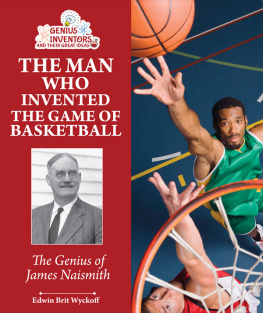
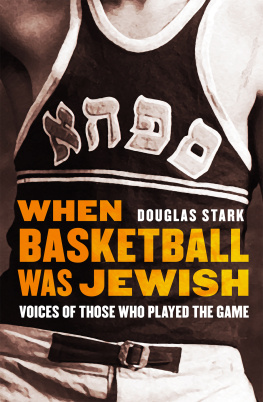
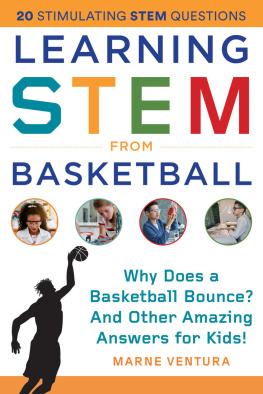
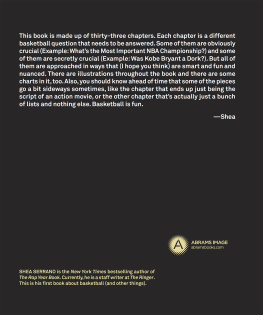
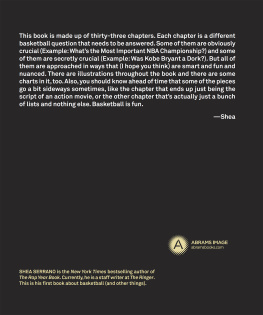

 This paper meets the requirements of ANSI/NISO Z39.48-1992 (Permanence of Paper).
This paper meets the requirements of ANSI/NISO Z39.48-1992 (Permanence of Paper).